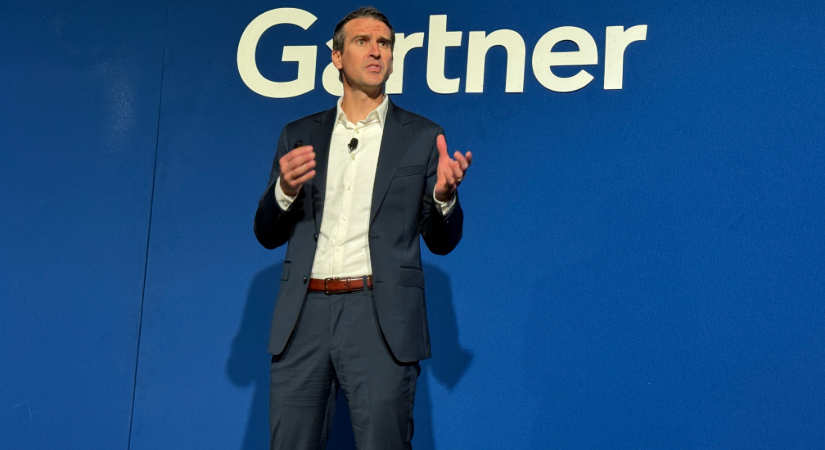Four Human Economic Drivers to Reignite Supply Chain Productivity
- Inno-Thought Team

- May 8, 2024
- 3 min read
Q&A with Lindsay Azim, Director Analyst, Gartner

Overview
Low levels of labor productivity continue to challenge supply chain leaders and threaten to limit the expected benefits from their investments in areas such as artificial intelligence (AI) and smart infrastructure. Gartner experts said that supply chain leaders need to invest in leading people differently to better extract value from new investments in plant, equipment and technology.
Lindsay Azim, Director Analyst in Gartner’s Supply Chain Practice at Gartner Supply Chain Symposium, shared her views on the four human economics drivers that chief supply chain officers (CSCOs) must focus on to reignite productivity growth.
Q: What are the most important factors for CSCOs to focus on to reignite productivity growth among their teams?
A: Gartner research identified four human economic drivers where leading companies will be able to drive what we call “next-generation productivity.” Our data shows that leading supply chain organizations are already investing in these areas at higher rates than lower performing peers. The four human economics drivers to reignite supply chain productivity growth include:
Managing labor inputs, including the cost, location and amount of labor they are applying against the work of the supply chain.
Building and curating knowledge that can be shared and leveraged across both human and digital actors in the ecosystem. This is often the first to go when cost cutting.
Investing in management systems that effectively mobilize the collective ecosystem to balance the use of capital to achieve the end goals of the organization.
Aligning motivation systems to shape the decision-making behaviors of individuals, teams, business units, partners and other stakeholders in the ecosystem.
Across all four of these drivers, our data shows that high-performing supply chain organizations, those that are consistently meeting their internal and external objectives, are investing both more and differently compared with low-performing organizations.

Lindsay Azim, Director Analyst, Gartner, highlighted four human economic value drivers to reignite supply chain productivity at Gartner Supply Chain Symposium/Xpo in Orlando.
Q: Gartner’s data shows that 53% of supply chain professionals said that organizational focus on investing in operational outcomes—rather than people strategies—was by far the top challenge in delivering more effective people leadership. Where should CSCOs start in addressing this challenge?
A: First, CSCOs must shift their focus from viewing employees as an efficiency opportunity (a cost to be controlled) to amplifiers of digital and physical assets (an investment in productivity). Business has traditionally gravitated towards emphasizing operational outcomes and physical assets because they have an immediate and measurable impact, whereas investments in people development are usually more difficult to quantify.
CSCOs will need to map the relationship between investments and increases in productivity in people, better utilization of digital assets and better utilization of physical assets. The four key drivers of managing labor inputs, knowledge, management systems and motivation systems are where we see the top supply chain organizations unlocking new sources of value.
Q: Where specifically are some of the largest gaps between how high-performing and lower-performing teams are approaching people strategies today?
A: While the best supply chain teams are outperforming across all four drivers, one particularly notable area is in knowledge management. Findings from the research state:
Social learning to support knowledge exchange is practiced by 68% of high- performing organizations, and by just 46% of low performers.
Investments in supply chain learning and development programs are being made by 68% of high performers and 49% of lower performers.
Among top performers, 50% consider data literacy as an essential competency for their team members, while just 34% of lower performers have the same standard.
Q: Why is knowledge management particularly important at this juncture for supply chain leaders?
A: The most critical investments supply chain leaders will make in the next three years are those related to building digital dexterity, or the knowledge and skills to leverage digital tools and data in service of greater productivity from the physical assets of the supply chain.
Knowledge is the most important intangible asset of enterprises and unlocking value from intangible assets is the key to achieving future productivity growth. The competition for talent in supply chain is a contest for knowledge and learning, not labor. CSCOs need the best people to drive innovation, solve problems and constantly learn and adapt in the shifting environment.
CSCOs should move away from a view of knowledge as a mere cost item and instead assess how their investments in learning and development directly impact productivity.













































Comments